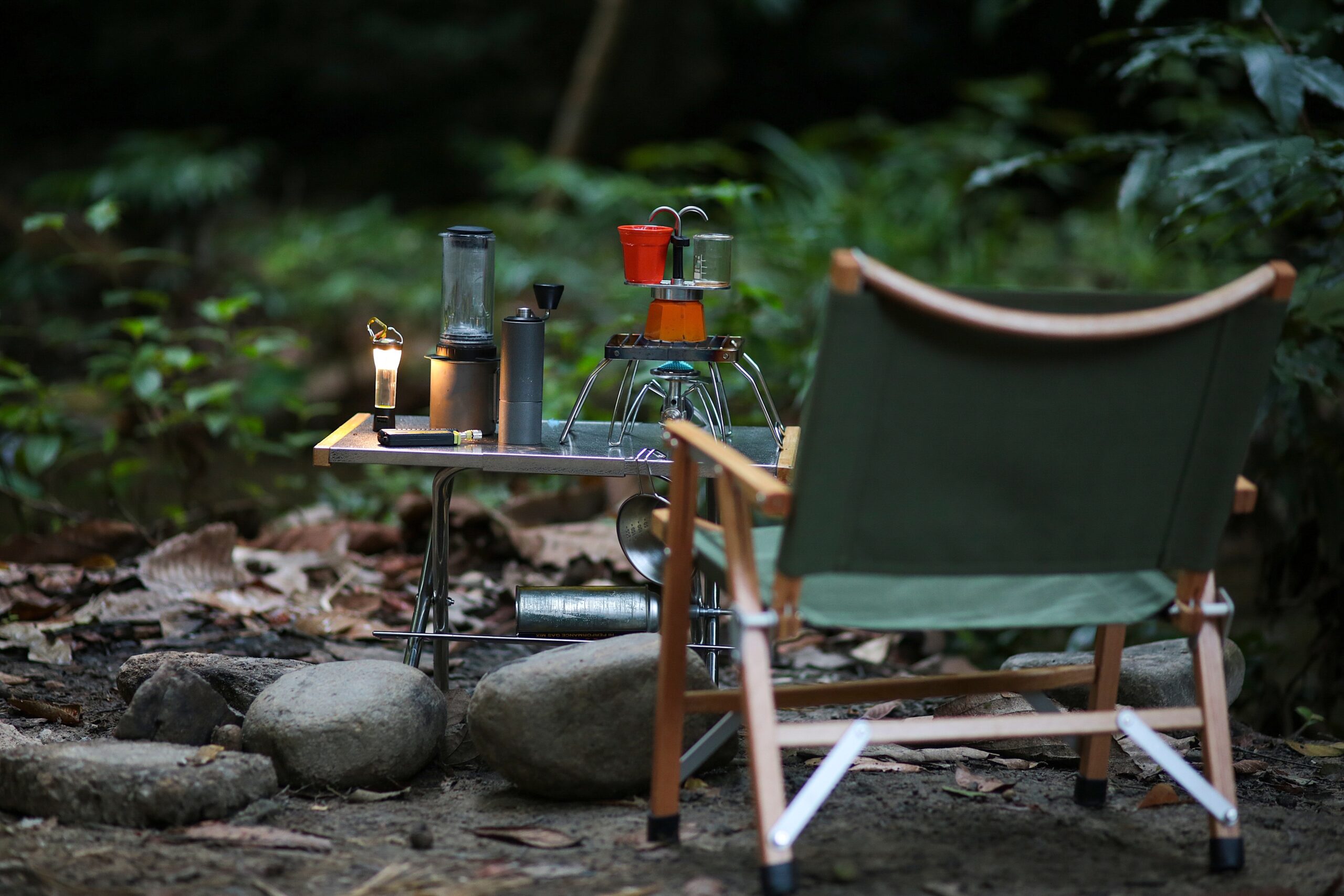Modern Home Lighting Ideas
Modern home lighting has evolved far beyond mere illumination. Today, it plays a crucial role in setting the ambiance and enhancing the overall aesthetic of a space. The shift towards modern lighting ideas is driven by the desire for both functionality and style. Homeowners and designers are now more inclined to choose lighting solutions that are not only practical but also visually appealing.
One popular trend is the integration of smart lighting systems. These systems allow users to control the intensity and color of lights through a smartphone or voice-activated device, offering convenience and energy efficiency. Smart lighting can be programmed to change throughout the day, providing optimal lighting conditions for various activities.
Another modern lighting idea is the use of layered lighting. This involves combining different types of lighting such as ambient, task, and accent lighting to create a balanced and dynamic atmosphere. For example, a living room might feature a central chandelier for ambient lighting, table lamps for task lighting, and LED strips for accent lighting to highlight artwork or architectural features.
Modern lighting also embraces the use of sustainable materials and energy-efficient technologies. LED lighting, for instance, is a popular choice due to its long lifespan and low energy consumption. Additionally, fixtures made from recycled or eco-friendly materials are increasingly sought after by environmentally conscious homeowners.
Incorporating these modern lighting ideas into your home can transform your living space into a more functional, stylish, and sustainable environment.
Statement Light Fixtures
Statement light fixtures have become a hallmark of contemporary interior design, offering a way to express personal style and make a bold impact in any room. These fixtures serve as focal points, drawing attention and adding a unique character to the space.
One of the most popular types of statement fixtures is the oversized pendant light. These large, eye-catching pieces can be found in various shapes and materials, from sleek metallic designs to intricate glass creations. They are often used above dining tables or kitchen islands to create a dramatic effect.
Chandeliers, once reserved for formal dining rooms, have also found their place in modern homes. Today’s chandeliers come in a wide range of styles, from minimalist and industrial to ornate and traditional. They can be used in unexpected areas such as bathrooms and bedrooms, adding a touch of elegance and sophistication.
Another trend is the use of sculptural lighting. These artistic fixtures blur the line between lighting and sculpture, often featuring abstract forms and innovative materials. They serve as conversation starters and can elevate the aesthetic of any room.
When choosing a statement light fixture, it’s essential to consider the scale and proportion relative to the room. A fixture that’s too large can overwhelm the space, while one that’s too small may go unnoticed. It’s also important to ensure the fixture complements the overall design theme and color palette of the room.
Incorporating statement light fixtures into your home can transform ordinary spaces into extraordinary ones, showcasing your unique style and taste.
Trending Interior Lighting
Interior lighting trends are continuously evolving, reflecting changes in technology, design preferences, and lifestyle needs. Staying updated with these trends can help homeowners and designers create spaces that are both contemporary and functional.
One of the most significant trends in interior lighting is the use of LED technology. LEDs are not only energy-efficient but also highly versatile, allowing for a wide range of applications. They can be used in everything from recessed lighting and under-cabinet strips to decorative fixtures and outdoor installations.
Another trend is the focus on natural light. Designers are increasingly incorporating large windows, skylights, and glass doors to maximize natural light, creating bright and airy interiors. This approach not only reduces the need for artificial lighting but also enhances the connection between indoor and outdoor spaces.
Biophilic design, which emphasizes the integration of natural elements, is also influencing lighting trends. Fixtures made from natural materials such as wood, bamboo, and stone are gaining popularity, as they bring a sense of warmth and organic beauty to interiors.
Additionally, there is a growing interest in customizable lighting solutions. Homeowners are seeking lighting systems that can be tailored to their specific needs and preferences. This includes adjustable color temperatures, dimmable options, and smart controls that allow for personalized lighting experiences.
By embracing these trending interior lighting ideas, you can create a home that is not only stylish but also adaptable to your changing needs and preferences.
Creative Use of Light in Interior Design
The creative use of light in interior design can dramatically alter the perception of a space, influencing mood and functionality. Light can be used to highlight architectural features, create zones within a room, and even make small spaces appear larger.
Accent lighting is a powerful tool for drawing attention to specific areas or objects within a room. For example, spotlights can be used to illuminate artwork, while LED strips can highlight shelving or cabinetry. This type of lighting adds depth and dimension, making the space feel more dynamic and engaging.
Task lighting is essential for areas where specific activities take place, such as reading, cooking, or working. Proper task lighting reduces eye strain and enhances productivity. Desk lamps, under-cabinet lights, and adjustable floor lamps are all effective solutions for task lighting.
Ambient lighting provides overall illumination, setting the tone for the room. It can be achieved through ceiling fixtures, wall sconces, or floor lamps. The key to effective ambient lighting is to ensure it is evenly distributed, creating a comfortable and inviting atmosphere.
Layering different types of lighting is crucial for creating a well-balanced and versatile space. By combining ambient, task, and accent lighting, you can achieve the desired mood and functionality for any room.
Experimenting with different lighting techniques and fixtures can lead to innovative and personalized designs that reflect your unique style and enhance your living environment.
The Impact of Lighting on Mood and Well-being
Lighting plays a significant role in influencing mood and well-being, affecting everything from our energy levels to our emotional state. Understanding the psychological impact of lighting can help in designing spaces that promote comfort and relaxation.
Natural light is known to have a positive effect on mood and mental health. Exposure to natural light helps regulate our circadian rhythms, improving sleep quality and boosting overall well-being. Incorporating large windows and skylights into a design can maximize natural light exposure, creating a bright and uplifting environment.
Color temperature also affects mood. Warm lighting, with its yellowish hue, creates a cozy and inviting atmosphere, ideal for living rooms and bedrooms. In contrast, cool lighting, which has a bluish tint, is energizing and suitable for workspaces and kitchens.
Lighting intensity impacts energy levels and concentration. Bright lighting is stimulating and can enhance focus and productivity, making it suitable for offices and study areas. Softer lighting, on the other hand, is calming and conducive to relaxation.
Dynamic lighting systems that allow for adjustments in color temperature and intensity can provide flexibility, enabling users to tailor their environment to their specific needs and preferences. This adaptability can lead to improved mood and well-being, as it allows individuals to create the ideal lighting conditions for different activities and times of day.
By considering the psychological effects of lighting, you can design spaces that not only look good but also support mental and emotional health.





